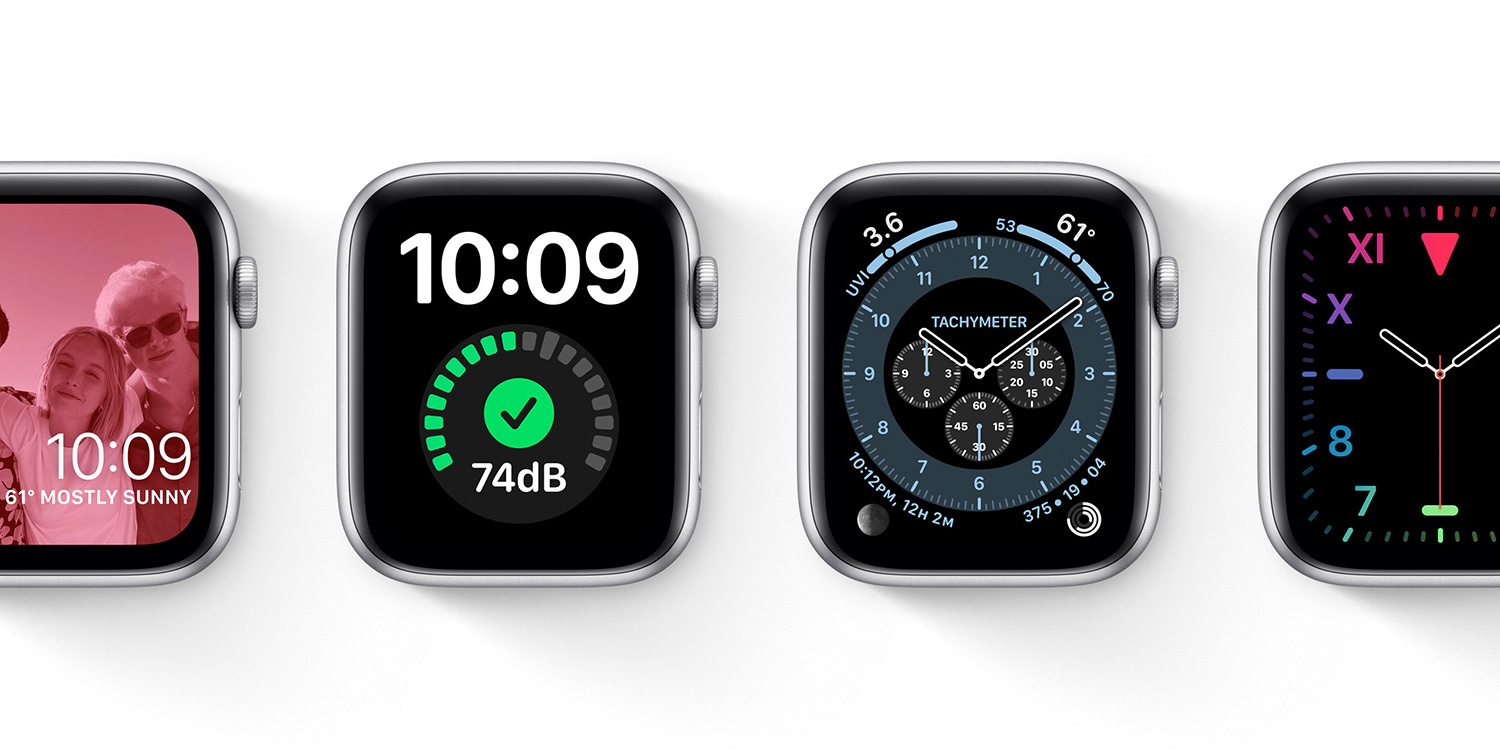Series 6 of the best, Special Edition or back in time with Series 3?
Once Jony Ive’s bling plaything, Apple quickly recognized people didn’t love Apple Watch as a fashion accessory — but that it was superb for boosting fitness and wellbeing.
The Apple Watch has since evolved into an all-round health aid, along with offering useful at-a-glance nuggets of information through notifications and watch face complications. But which Apple Watch is the one for you? Read on to find out…
Apple Watch Series 6
From $499/£479 • 44mm/40mm case • 368×448px always-on display • 32GB storage
Best for: having the greatest wearable money can buy
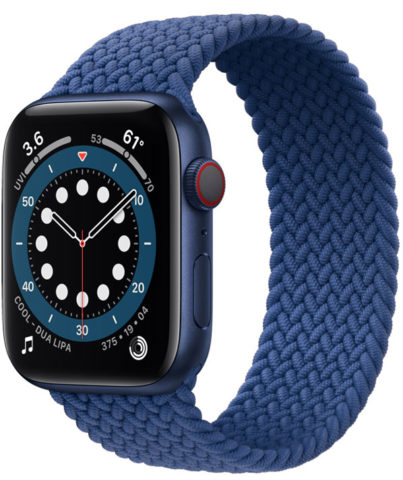
Apple calls the Series 6 its most advanced Apple Watch. From the outside, it resembles its predecessor, with a familiar chunky shape and large always-on display. Said display is now brighter and easier to see in sunlight; it also allows access to Notification Center, Control Center, complications and face changes without waking the screen.
But meaningful improvements go beyond the display. There’s a faster chip to make interactions snappier, an always-on altimeter to track real-time elevation throughout the day, and a blood oxygen sensor. The last of those could be a draw in a COVID world, and in tandem with this flagship Apple Watch’s range of finishes and vital wellbeing features — ECG app; fall detection; Family Setup; noise monitoring — makes for the best wearable around.
Pros: Great screen; packed with features; longevity
Cons: Expensive
Apple Watch SE
From $329/£319 • 44mm/40mm case • 368×448px display • 32GB storage
Best for: getting most Series 6 features on a budget
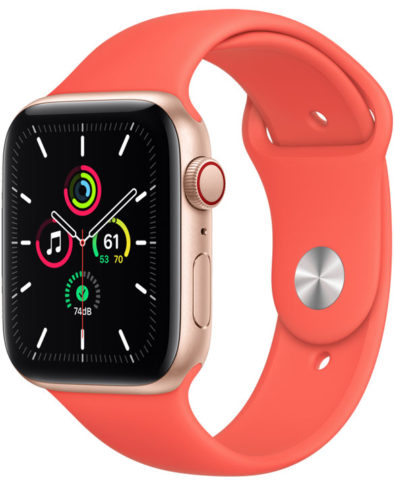
The Apple Watch SE aims to be a more affordable wearable while maintaining much of what makes the Series 6 great. There are compromises. The chip is slower, which knocks a year off of the device’s long-term prospects — but won’t negatively impact everyday use. And there’s no always-on display, meaning you must flick your wrist to wake the screen.
There’s little sense moving to this Apple Watch from a Series 5, then, but its other features could tempt owners of older Apple Watches. You get most of the Series 6 sensors and safety features, along with the latest mic. You can’t monitor blood oxygen with the SE, but can check your heart rate, set up fall detection and receive warnings about noise. Optional cellular capabilities afford this Apple Watch a modicum of independence from your iPhone, along with making the SE a cheaper option than the Series 6 for children and elderly relatives within a Family Setup system.
Pros: Most Series 6 features; supports Family Setup
Cons: No always-on display
Apple Watch Series 3
From $199/£199 • 42mm/38mm case • 312×390px display • 8GB storage
Best for: basic health tracking and notifications
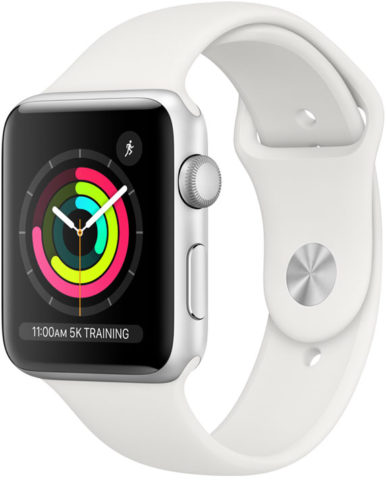
It’s perhaps unfair to call the Series 3 the basic Apple Watch, but it does feel like the model lingers to allow Apple to hit a lowish $199/£199 price point. Compared to the SE, you lose a lot: heart sensor; fall detection; compass; noise monitoring. The display is the older, smaller one — despite the Apple Watch’s size being almost identical to the pricier models in the range. The lack of a cellular option also means it’s not compatible with Family Setup.
So is there any reason to buy a Series 3? Well, despite its relatively dated form and feature set, it’s an impressive fitness wearable for the money. It’s waterproof, offers heart-rate notifications, and has sensors to track and record running and swimming sessions, along with those all-important hourly stands. Just be mindful support will be shorter-term than for its more expensive siblings — not only from Apple but also developers keen to work with the latest tech rather than a device that almost certainly won’t be on sale in a year’s time.
Pros: affordable; still capable
Cons: older display; no cellular option
Further considerations
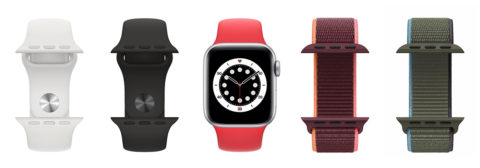
Which finish should I buy? There are aluminum, stainless steel and titanium options for Apple Watch Series 6. Aluminum is the lightest material, but some people think it looks cheap. Stainless steel is strong but scratches can be noticeable. Titanium looks great, but is expensive. Ultimately, this decision’s mostly about fashion and cost; just be mindful the watch is functionally identical whatever you buy.
Which strap should I choose? Watch straps are easy to replace, and so you can buy a more expensive option later. We recommend starting with a Sport Band for general and exercise use. Be wary of Apple’s new Solo Loop, unless you can physically try one on. Apple’s printable sizing tool has proven ineffective, although the returns process is a relatively simple affair. (Apple is no longer forcing customers to return the entire Watch if the band doesn’t fit.)
GPS or GPS and cellular? For an extra $100/£100 (Series 6) or $50/£50 (SE), you can add cellular functionality to your Apple Watch. This is a requirement for Family Setup and also enables you to make calls from your watch and stream Apple Music. Note that GPS usage impacts on battery life and you’ll need to factor in carrier connectivity pricing over and above the Apple Watch itself.
